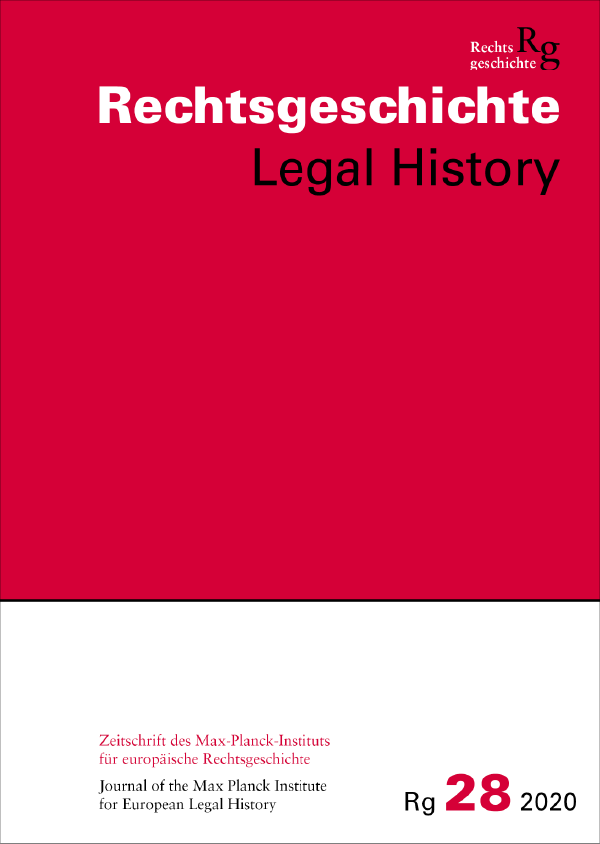Beyond Narrativity. Financial Economics in Literature of the Early 2000s (Don DeLillo, Elfriede Jelinek, Vladimir Sorokin)
DOI:
https://doi.org/10.12946/rg28/232-243Keywords:
comparative literature, semiotics of money, financial economicsAbstract
From the very beginning of writing culture, there has been a deep semiotic interrelationship between language and money, which has already been described from various perspectives by philosophy (Plato, Georg Simmel), linguistics (Ferdinand de Saussure) and media and communication studies (Marshal McLuhan, Niklas Luhmann). Hence, economy in literature not only plays a constitutive role in the plot, but also in the poetological structure of the text itself. An evident example of this semiotic connection between literature and economy is the evolution from coin to paper money, which is linked to an increased level of abstraction and semantic risk for textual structures.
A similar but much more complex interrelationship between the semiotics of money, on the one hand, and poetics, on the other, is present in contemporary literature dealing with postindustrial financial economics. In contrast to economic subjects dealt with in the 19th and early 20th centuries, financial economics based on algorithms and computerisation no longer have any semantic or narrative qualities. Three examples from different language cultures show how this loss of narrativity in financial economics is eflected in contemporary literature: Don DeLillos’ Cosmopolis (2003), Elfriede Jelinek’s The Merchant’s Contracts (2006) and Vladimir Sorokin’s Capital (2006). The volatility of the exchange market is emulated in the temporal structure of DeLillos’ novel, the tragedy of Jelinek’s work shows how financial technical rationality leads to a desemiotisation and a complete emptiness of linguistic sense, and Sorokin’s drama shows how the technical maximisation of profit goes hand in hand with memory loss and atavistic rituals in the social sphere.
Published
How to Cite
Issue
Section
License
Copyright (c) 2020 Author

This work is licensed under a Creative Commons Attribution 4.0 International License.





